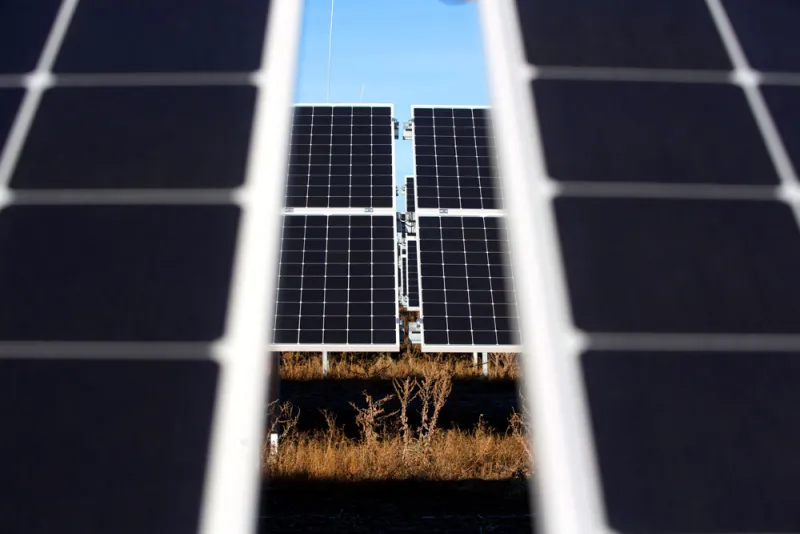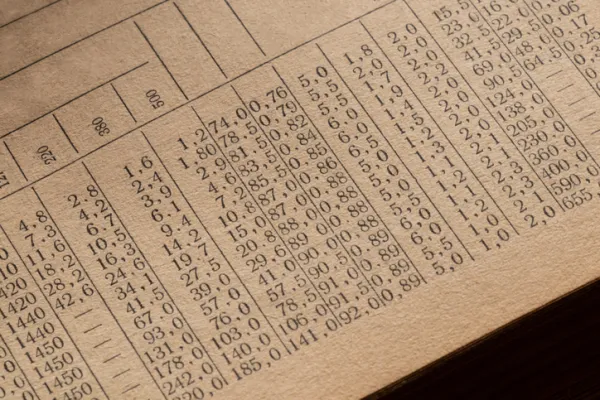Goldman Sachs Group has cracked open an alternative well of returns.
The firm is talking with clients about solar power as a source of yield that can meet their return targets with less risk than other alternative investments, according to Jon Yoder, the head of Goldman Sachs Asset Management’s renewable power group and co-head of GSAM’s credit alternatives team. The asset manager is investing in solar through Goldman Sachs Renewable Power, a company started early last year to own and manage projects that deliver clean energy.
Pressured by a world of low and negative interest rates, institutional investors know they’re increasingly taking on a “fair bit” of risk in areas such as private equity and direct lending to meet their return hurdles, Yoder said in a phone interview. The years-long trend led Goldman to “brainstorm” about where they might find better risk-adjusted returns — or at least an alternative source of yield.
“It’s very hard to find pockets of better relative value,” said Yoder. “One of the assets that really stood out to us as we surveyed different asset classes was — and still is — renewable energy projects.”
Allocating to renewable energy makes economic sense for institutional investors because it provides much better returns compared to lending money to an investment-grade company — while taking the same credit and duration risks, according to Yoder. GSAM’s renewable energy business aims to deliver returns of around seven to eight percent, he said.
To get there, Goldman Sachs Renewable Power is buying solar projects in the U.S. that were built for companies seeking to lower their electric bills. Yoder said the assets produce stable income thanks to long-term power purchase contracts put in place before their construction.
The same types of agreements exist for power generated from wind and water, but Goldman is focusing on solar energy for the simple reason that the sun’s radiation is highly predictable with low levels of variability. The amount of wind, by contrast, can swing annually by as much as 40 percent in some regions, he said, while droughts may hurt income from hydroelectric dams for years.
GSAM announced this month that its renewable power business completed raising $1.9 billion of equity from investors including institutions, family offices, and high-net-worth individuals. Regents of the University of California and Goldman are lead investors in the company, which, including debt, has a total of $4 billion to put to work, according to the announcement.
“We are continuing to have conversations with institutional investors who want access to the asset class,” said Yoder. “This is a very new asset class to most institutional investors.”
[II Deep Dive: Jeremy Grantham Says Investors Should Be ‘Intrigued’ by This Strategy]
Generally, any exposure they have to renewable energy tends to come through infrastructure funds that invest broadly in energy, he said. To get the returns they need, investors have been flocking to alternative assets such as private equity, hedge funds, real estate, and direct lending funds that typically finance private equity deals in the middle market.
Meanwhile, global interest in combating climate change — and the devastating consequences of a warming planet — is on the rise.
About 80 percent of Americans say human activity is fueling climate change, with about 40 percent describing it as a “crisis,” according to a recent poll conducted by The Washington Post and the Kaiser Family Foundation. A majority of Americans believe the U.S. will have to reduce its use of fossil fuels in the next few decades to prevent the worst effects of climate change, the survey shows.
Goldman Sachs Renewable Power has already deployed more than $1.4 billion of capital, according to its announcement. The company, which began investing in February 2018, is now selling power to about 130 institutions scattered across about 15 states, Yoder said.
In the U.S., more people worked for solar energy firms in 2018 than in the coal industry, according to a report this year from the National Association of State Energy Officials and the Energy Futures Initiative. About half of the solar jobs are in construction, the report shows.
Young people, meanwhile, are zealous about climate change and exploring possible careers in renewable energy.
Climate science has become part of the curriculum at universities, reflecting students’ concerns for the planet, according to Yoder, who said he receives a lot of LinkedIn requests from college students interested in renewable energy.
“When we go on campus, we get mobbed,” he said. “They are passionate about the future of the environment.”
For example, Yoder pointed to a recent panel on which GSAM mainly discussed credit markets, spending less than five minutes on renewable energy. Yet after the panel, students were lined up wanting to know how they can get into renewable energy, he said.
Still, Yoder doesn’t see environmental, social, and governance factors driving investors’ interest in renewable energy — even if they like the ESG element.
“It’s all about the economics,” he said.







